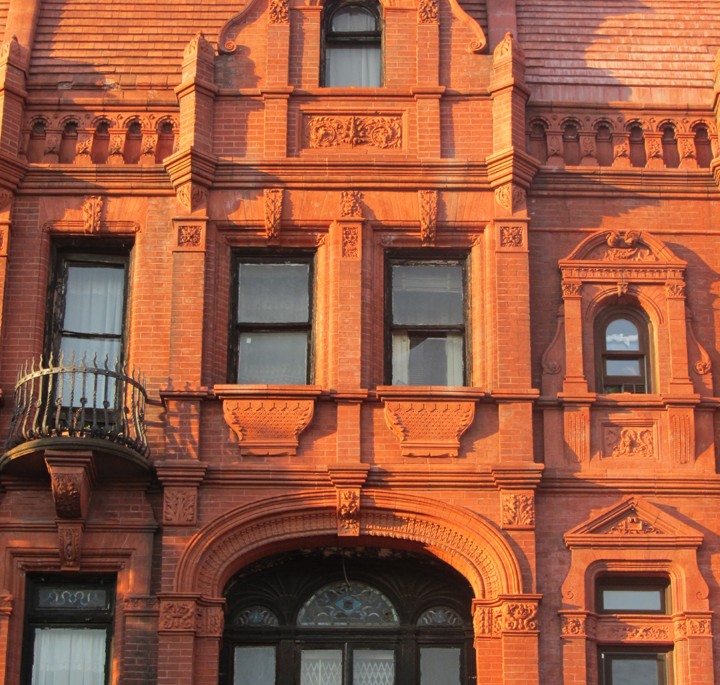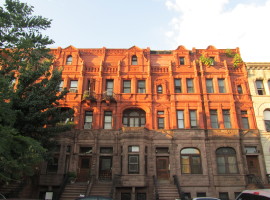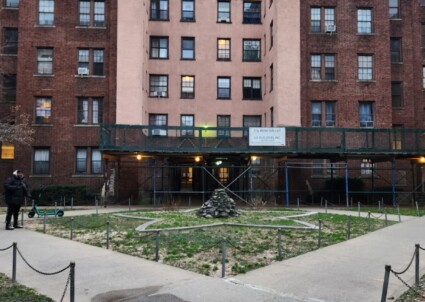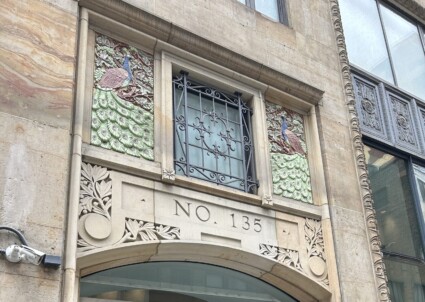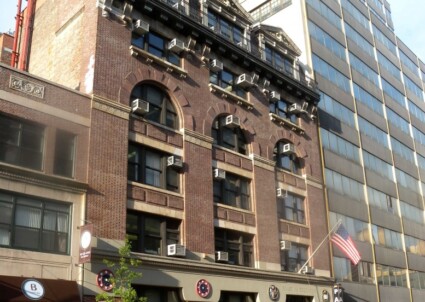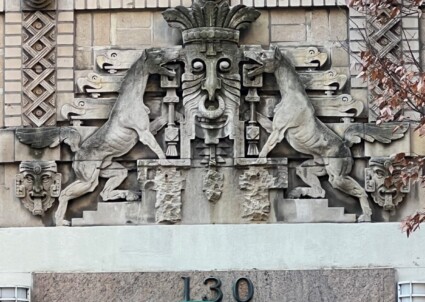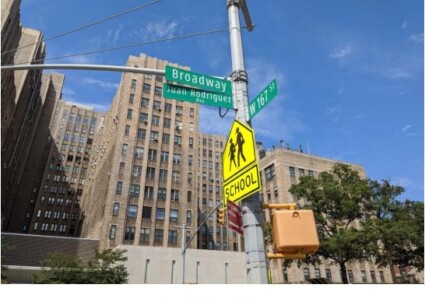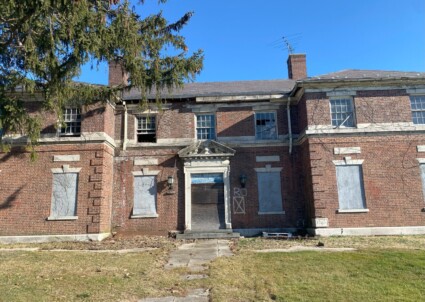Mount Morris Park, Manhattan
The Mount Morris Park neighborhood is a residential area in central Harlem, bounded by 125th and 117th Streets from north to south, by Adam Clayton Powell Jr. Boulevard to the west, and by Marcus Garvey Memorial Park to the east. The park, known as Mount Morris Park until 1973, has always been the centerpiece of the neighborhood. Besides the park, the area is characterized by attractive low-scale rowhouses, townhouses and institutional buildings, including many churches. Stylistically, most of the architecture found in Mount Morris Park is Romanesque Revival, French Neo-Grec and Queen Anne, as well as Classical and Renaissance. There is also much transition among styles in the architecture here, which results in a charming, eclectic mix, and the neighborhood retains a strong turn-of-the-20th-century architectural character today.
With the opening of the elevated transit line in Harlem in 1872, development in Manhattan pushed northward into former farmlands. Speculative building began in 1878, and several booms in Harlem real estate soon followed. New York City in the 1880s and 1890s saw some of the most elegant construction designed by prominent local architects, and this neighborhood was no exception. The row of houses that line Mount Morris Park West and face the park were compared with Fifth Avenue mansions in 1903 by the New York Herald. At the turn of the 20th century, German Protestants and Jews commissioned many church and synagogue buildings that survive today.
By 1920 the area had become a middle-class neighborhood of mainly Jewish, Caribbean and African-American families. The new residents acquired and adapted institutional and residential buildings to suit their religious and cultural needs, while some of the single-family houses were converted to multi-family. The neighborhood struggled during the Depression and ensuing decades,but the quality construction of earlier years remained remarkably extant. In 1971, New York City designated the Mount Morris Park Historic District, and in 1973 the district was placed on the National Register, with its boundaries expanded in 1996. Since that time, the area has been enjoying a revival thanks in part to the overall exceptional craftsmanship of the built environment
